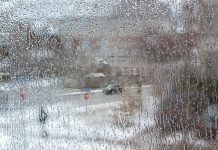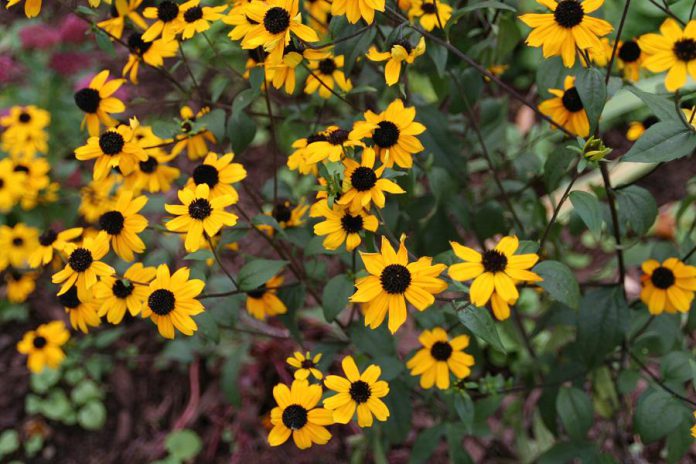
On July 7th, Otonabee Conservation declared a Level 2 Low Water Condition for the Otonabee region watershed due to a combination of high temperatures, low precipitation, and low surface water levels. The declaration recommends residents of the Peterborough area reduce their water use by 20 per cent.
This is the second article in GreenUP’s three-part series exploring water infrastructure and conservation. Last week we examined how we can conserve water indoors.
In this week’s article, we focus on reducing outdoor water usage and the positive benefits this can have in times of drought.
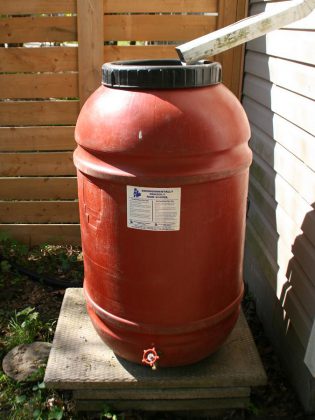
“When we reduce our outdoor water use, we all benefit,” points out Dan Marinigh, Otonabee Conservation’s chief administrative officer.
“It is possible for households to reduce their outdoor water consumption by making some simple changes like installing a rain barrel, and by changing some habits like letting your lawn go dormant during the summer, or sweeping the driveway instead of washing it with a hose. We can all make small shifts in our lives to help conserve water.”
As we learned in part one of our series, the average Ontario citizen consumes 225 litres of water per day, while in Peterborough, the average city resident consumes 322 litres per day.
In general, our household water use increases 20 to 25 per cent in the summer due to outdoor water use.
During low-water conditions we need to water our gardens and plants efficiently and do our best to reduce evaporation. One of the best ways to do this is to water our plants in a way that helps return water to its original source. However, keep in mind that taking water from nearby streams can actually impact their ecological function as well as other water users, according to Otonabee Conservation. That’s why we must always follow best practices for water use and conservation during dry spells.
Here are 10 tips to help you conserve water outdoors during a drought, while still keeping yourself and your plants healthy.
1. Let your lawn go dormant in the summer
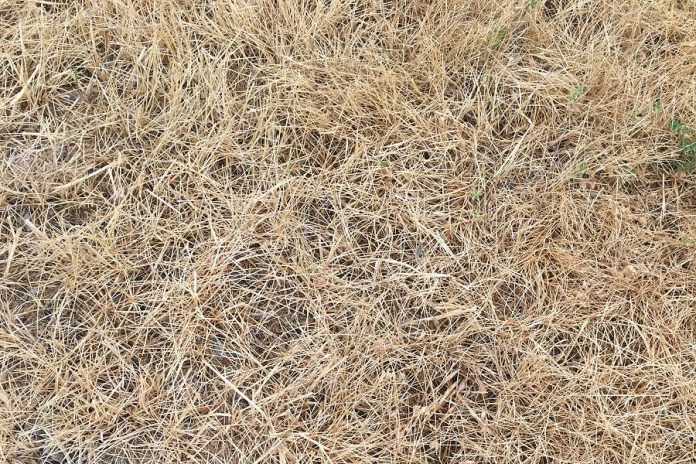
Has your grass turned a yellow or brown colour and dried up? If so, then this means your grass has gone dormant and you are doing your part to save water.
Just leave your lawn alone, because this dormancy is normal for your grass in the summertime. Once it rains again, your grass will revive itself and be green again.
2. Mow high
If your lawn is dormant, do not mow it. But the next time your grass is green and you wish to mow it, set your mower higher.
Mow to 5 to 6 cm (2 inches) in height. This will help keep the roots strong and support the vigour of the grass stems.
3. Water your garden early in the morning or late at night to avoid the heat of the day
Watering early or late in the day (between 7 p.m. and 7 a.m.) will reduce evaporation, allowing the plants more time to absorb the water.
Focus on watering the roots, because this is where the plants take in the water.
4. Use a rain barrel to store water for watering your plants
Rain barrels are available from the GreenUP Store, both in person and via our online store at shop.greenup.on.ca with curbside pickup. Peterborough Utilities customers receive an immediate $25 discount on the purchase.
If your rain barrel is dry, then water from your outdoor tap early or late in the day, as suggested in the third tip.
5. Use mulch on your garden
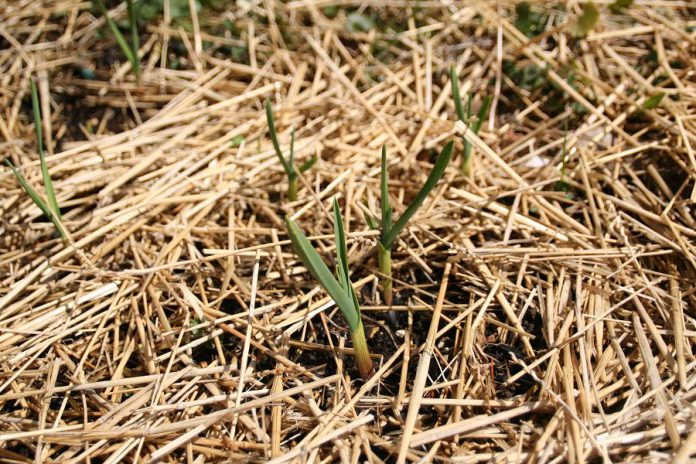
Mulch helps to moderate the temperature of the soil, reduce evaporation, and minimize weed growth in your garden.
We recommend having a mulch layer that is 5 to 7 cm (2 to 3 inches) thick, but be sure keep the mulch about 2 cm (1 inch) away from the stems of your plants so it does not impede their growth.
6. Choose native drought-tolerant plants for your garden

If you are working on your garden this year, visit the GreenUP Ecology Park Native Plant Nursery during its operating hours (10 a.m. – 6 p.m. Thursdays and 10 a.m. – 4 p.m. Fridays, Saturdays, and Sundays). Explore our selection of plant species that can look beautiful during drought conditions.
Some great drought-tolerant plants to start with are aster (heath or New England), black-eyed Susan, dense blazing star, milkweed (butterfly or common), New Jersey tea, and purple coneflower (echinacea). Visit greenup.on.ca/nursery/ for details and prices.
We also have Water Wise Garden Kits (17 plants, seven species, and a planting guide) available for pre-order at greenup.on.ca/water-wise-garden-kit/.
7. Check for leaks in your garden hose
Garden hoses can potentially use 2,700 litres of water per hour if left on.
Repair or replace your hose and couplings if they leak.
8. Use a broom to clear off your driveway, deck, or sidewalk
There is no need for a hose when a simple broom will do.
Remember, if a hose can use 2,700 litres per hour, this 15-minute task could save 675 litres of water.
9. Go to a car wash to clean your vehicle
If you want to clean your vehicle, make sure to go to a car wash where they have the appropriate facilities to manage water and waste water from the washing process.
10. Cover swimming pools when not in use
This will reduce evaporation from your pool and keep the water where you want it — inside the pool.
Even if you implement just a few of these suggestions, you will be able to save a considerable amount of water from going to waste. Share all of your water saving actions with us on social media @ptbogreenup.
If you are letting your lawn go dormant, have a front yard rain barrel, or are using drought-tolerant plants, you are eligible to have your garden recognized through the GreenUP Water Wise program. Check out greenup.on.ca/waterwise/.
For more information on low water conditions and drought, visit the Otonabee Conservation website at otonabeeconservation.com/programs/water-programs/low-water-conditions-and-drought/.
In our final article next week, we will learn more about how water is treated prior to arriving to our homes and how to safely obtain water should your well be running low.





